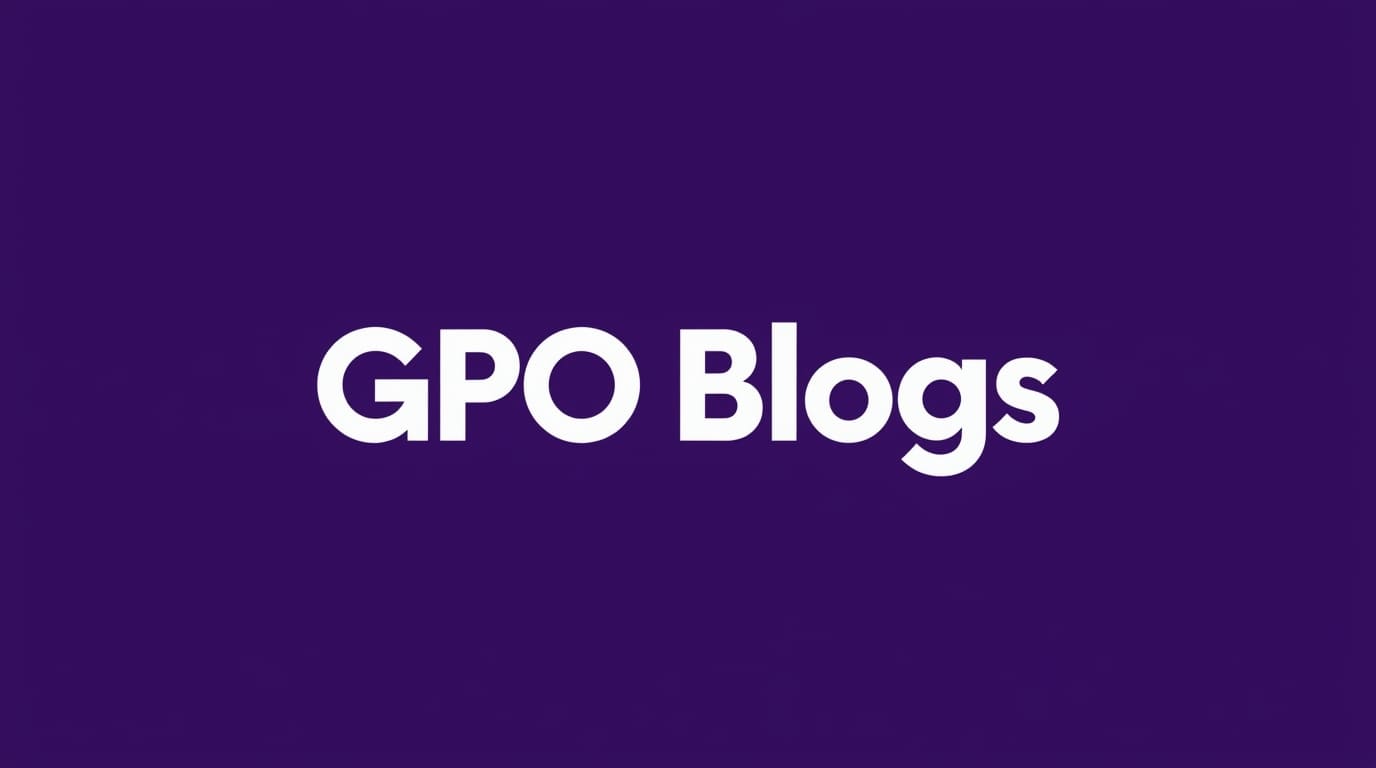Navigating Guest Post Guidelines: What Publishers Really Want?

Guest post guidelines exist for a reason, yet many writers treat them as mere suggestions rather than essential requirements. Understanding and following these guidelines isn't just about compliance—it's about demonstrating professionalism and increasing your chances of acceptance. Publishers develop guidelines based on years of experience with what works for their audience, and ignoring them signals that you haven't taken the time to understand their publication.
The first step in navigating guest post guidelines is thorough reading. Don't skim—read every word carefully. Pay special attention to sections about topic restrictions, content length, formatting requirements, and link policies. Many writers make the mistake of reading only the parts that confirm their assumptions, then wonder why their submissions get rejected.
When guidelines specify content length, adhere to them precisely. If they request 800-1,000 words, don't submit 1,200 words "because the content warranted it." Publishers have these limits for valid reasons related to their audience's reading habits and site design. Respect their constraints as you would a client's specifications.
Link policies are where most guest posters go wrong. If guidelines state "one dofollow link in-content and one in author bio," don't try to sneak in additional links through image credits or resource lists. Publishers carefully control link placement to maintain their site's authority and user experience. Attempting to bypass these rules often results in immediate rejection or removal of your post after publication.
Pay attention to formatting requirements. Some publications prefer short paragraphs, others want bullet points for readability, and many have specific heading structures. Following these guidelines shows you can adapt your writing to fit their established style, making the editorial process smoother for everyone involved.
Author bio requirements vary significantly between publications. Some want minimal bios with just a name and company, while others expect detailed professional backgrounds. Some allow multiple links, while others restrict it to one. Always follow their specific requirements rather than using a generic bio template.
The most successful guest posters treat guidelines as a roadmap to acceptance rather than restrictions. They use them to understand what the publication values most—whether that's original research, actionable advice, or specific content formats. This understanding allows them to tailor their pitch and content to align perfectly with editorial expectations.
When guidelines seem unclear or contradictory, reach out for clarification before submitting. A brief, professional email asking "Could you clarify your policy on [specific point]?" demonstrates attention to detail and respect for their process. Most editors appreciate this diligence and will respond positively.
For publications without written guidelines, study their recently published guest posts to reverse-engineer their preferences. Note the typical structure, length, tone, and link placement. This research takes time but dramatically increases your chances of acceptance.
Remember that guidelines serve both parties. They protect publishers from low-quality submissions while helping writers understand how to create content that resonates with the publication's audience. By following them precisely, you demonstrate professionalism and increase trust—making editors more likely to accept your current submission and consider future pitches.
The most valuable insight from experienced guest posters? Treat guidelines as evidence of a publication's commitment to quality. Sites with detailed guidelines typically have higher traffic, more engaged audiences, and greater authority—exactly the kind of placements that deliver real value for your efforts.
Sarah Chen is an SEO strategist and founder of ContentAuthority Labs. With 12+ years in semantic SEO and expert backlink building, she has delivered 800+ sponsored and guest-posting projects that grew durable authority and demand for 200+ businesses. Her research on contextual consolidation merging overlapping pages to concentrate topical relevance has appeared in Search Engine Journal and other SEO publications. She speaks at industry events and mentors in-house teams and emerging SEOs.